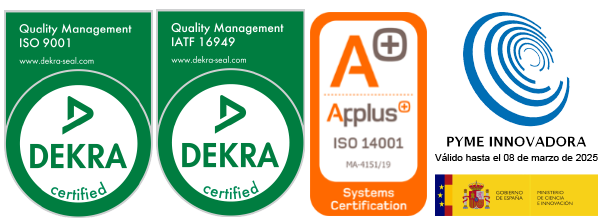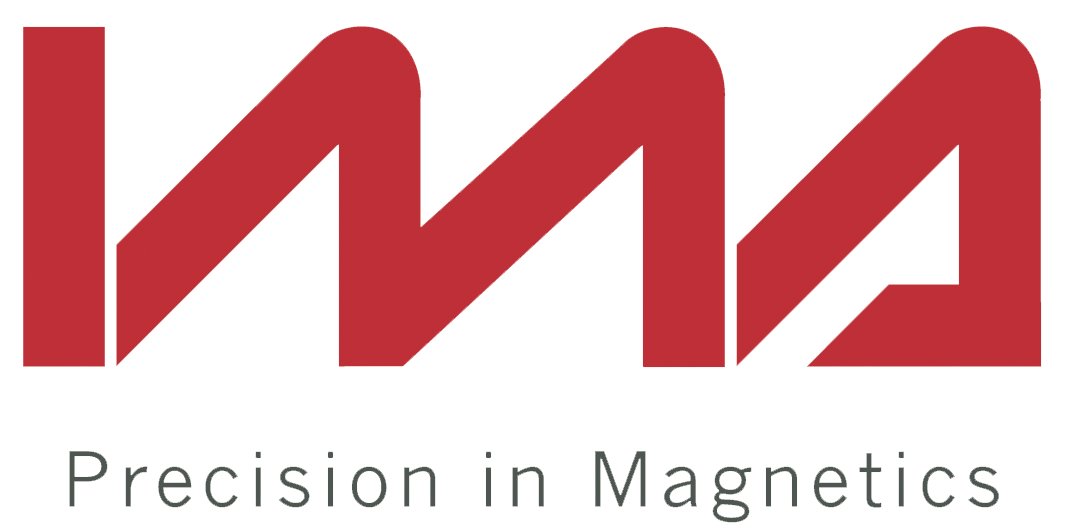The Increased Use of Magnets in The Automotive Industry
As automotive manufacturers respond to the need to produce vehicles that use less fuel, produce lower emissions and are more sophisticated, there has been a significant increase in the complexity of vehicle electrical control systems. This has increased the demand for powerful automotive magnets used in the manufacture of automotive actuators and drives. Consequently, the need for rare earth metals to produce compact and powerful samarium cobalt (SmCo) and neodymium magnets (NdFeB), which can be fabricated with complex shapes and geometries, has multiplied.
The demand for unique automotive solutions has stimulated the development of sophisticated automotive magnets
The last decades have seen a shift in vehicle control systems from mechanical, pneumatic and hydraulic control to electrical control. This in turn has stimulated the demand for magnets used in motors, sensors, actuators and suspension systems to improve vehicle control systems. These applications include:
Motors: Fans, starters, alternators, power steering, windscreen wipers, seat motors and drive motors.
Sensors: ABS speed sensors, position sensors, air bags, seat belts sensors and engine control sensors.
Actuators: Fuel injectors, vents, brakes, cruise control, doors and suspension.
There are literally hundreds of magnets used in vehicles. Others factors that have contributed towards the increased demand for automotive magnets include the improved sophistication of vehicles, the trend towards vehicle autonomy and the move towards hybrid and electric vehicles.
Although traditional ferrite magnets are still common, the need for compact high-performance magnets has increased the need for special magnets for cars. These include neodymium magnets, samarium magnets, aluminium-nickel-cobalt magnets (Alnico) and plastic bonded magnets. Although these new magnetic materials are powerful, many are sensitive to temperature. For example, the most powerful neodymium magnets, made from an alloy of neodymium, iron and boron, lose their magnetism at 80 °C. However, by changing the alloy composition, it's possible to increase the maximum magnet operating temperature to around 250°C, albeit with a reduction in magnetic strength.
Production processes used in a magnet factory include sintering, casting and moulding using plastic fillers. The method of manufacture chosen depends upon the final application of the magnet including:
High power neodymium and samarium magnets are usually made by sintering. The materials are melted in a furnace, cast, and then crushed into a fine powder. The powder is compacted into the appropriate shape using presses. Finally, the magnets are sintered in a special vacuum furnace and magnetised. It should be noted that neodymium, and to a limited extent samarium magnets, are susceptible to corrosion and require a protective coating. Other processes used in the magnet factory include conventional casting techniques as well as the encapsulation of magnets in plastic materials.
The automotive industry continues to demand new and better magnets for cars capable of high performance under difficult conditions. This is stimulating research into better ways of producing high-performance magnets for the automotive industry. IMA is a leader in the field in terms of technological innovation, production capability and efficiency. Contact us to learn more about how we can help you.










